6 June 2025
Teaching is one of the most rewarding professions out there—but let's be honest, it's also one of the most exhausting. Between handling lesson plans, grading mountains of papers, managing classroom behavior, and now navigating hybrid or online learning, it’s no wonder that stress and burnout are on the rise among educators.
But here's the thing: you can't pour from an empty cup. If you're constantly giving to your students without taking the time to refill your own energy, you run the risk of emotional and physical burnout. That’s where mindfulness comes in—a simple, yet powerful way to care for yourself so that you can be your best self, both in and out of the classroom.
So, what exactly is mindfulness? And how can teachers realistically use it in their busy day-to-day lives? Let’s dive in.
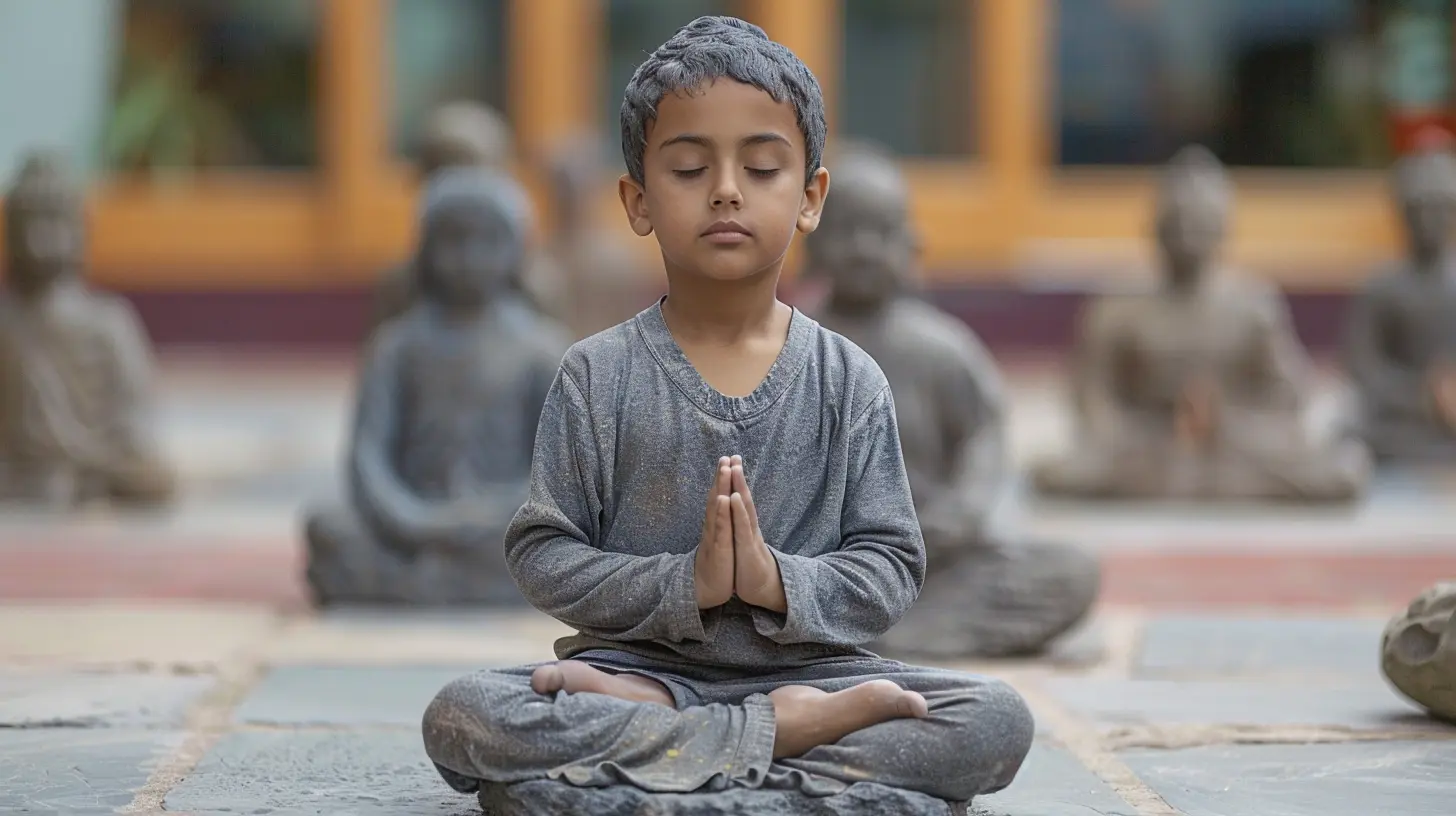
What Is Mindfulness, Really?
Mindfulness is the practice of paying full attention to the present moment—intentionally and without judgment. It's about noticing what’s going on in your body, your thoughts, your surroundings, and even your emotions, without trying to change anything. Sounds simple, right? But in a world full of distractions and endless to-do lists, staying present can be surprisingly difficult.Think of mindfulness like a mental pause button. When things get too hectic, it lets you take a breath, step back, and reconnect with yourself. It’s not about becoming a monk or meditating for hours—it’s about building small moments of presence into your day.
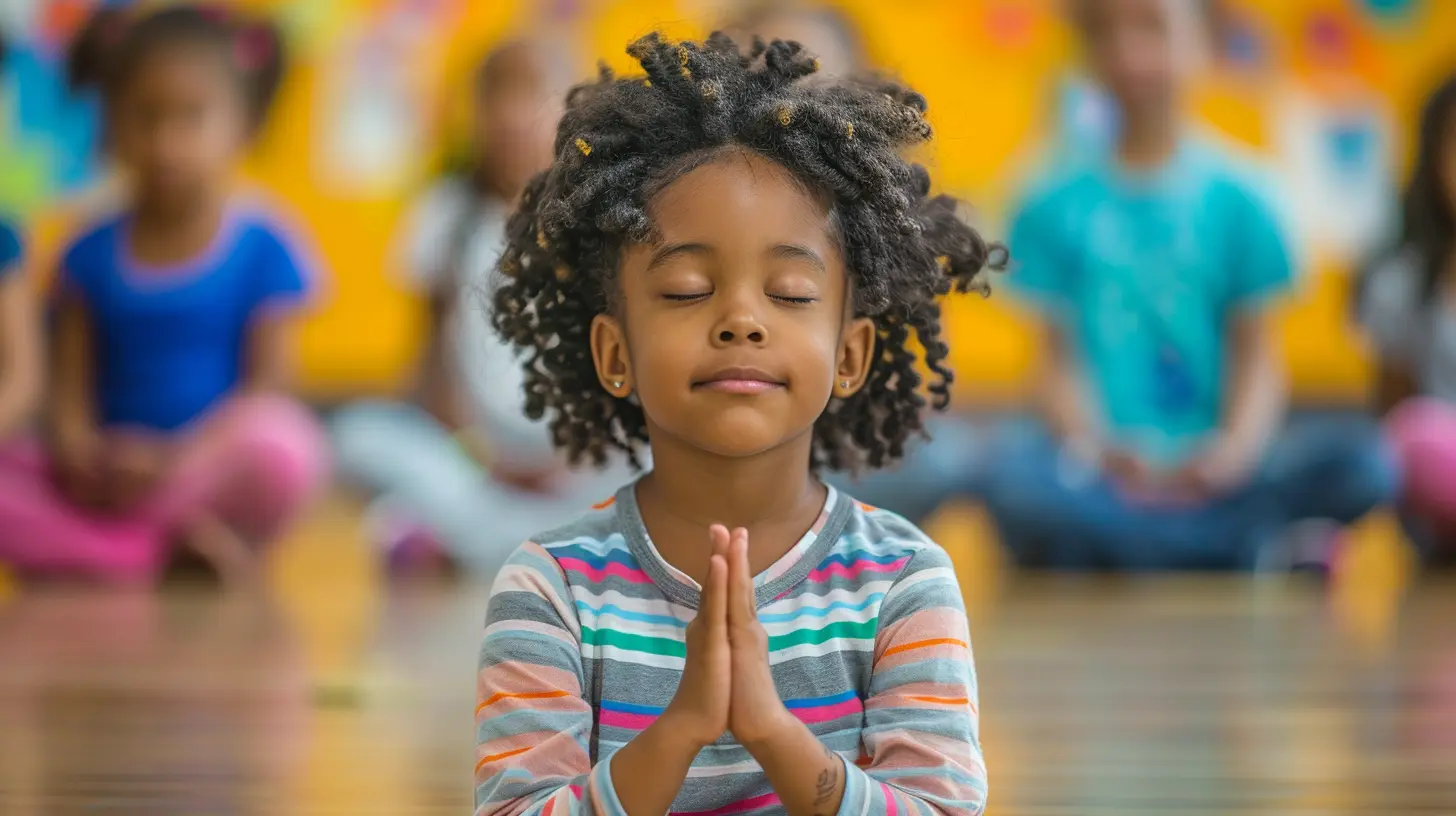
Why Mindfulness Matters for Teachers
Let’s be real—teaching is emotionally demanding. You're not just delivering content; you're also managing behaviors, navigating relationships, and often playing roles of counselor, mentor, and motivator. That emotional labor can take its toll.Practicing mindfulness has been shown to help reduce stress, manage anxiety, improve focus, and even enhance emotional regulation. For teachers, that means fewer burnout days and more joyful moments in the classroom.
Imagine walking into your class feeling centered and calm instead of anxious and overwhelmed. Mindfulness doesn’t make problems disappear, but it can change the way you respond to them.
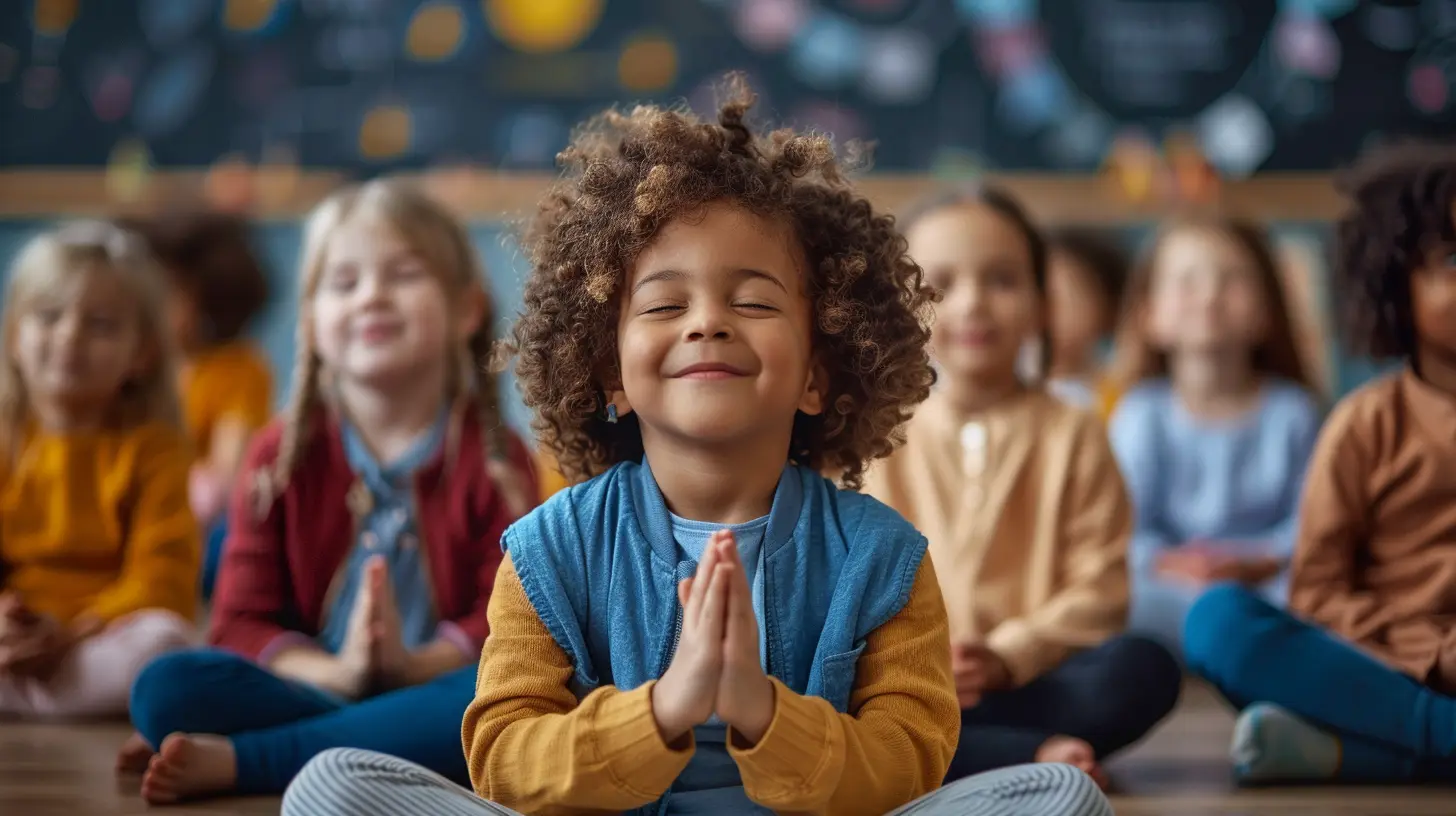
Common Signs Teachers Need Mindfulness Self-Care
Let’s do a quick self-check. If you’re experiencing any of the following, it might be time to weave mindfulness into your day:- Constant fatigue, even after a full night’s sleep
- Trouble focusing or a scattered brain
- Snapping at students or colleagues more than usual
- Feeling disconnected from your purpose or passion
- Dreading the school day ahead
- Frequent headaches, stomach aches, or stress-related health issues
Sound familiar? Don’t worry—it just means it's time to press that pause button.
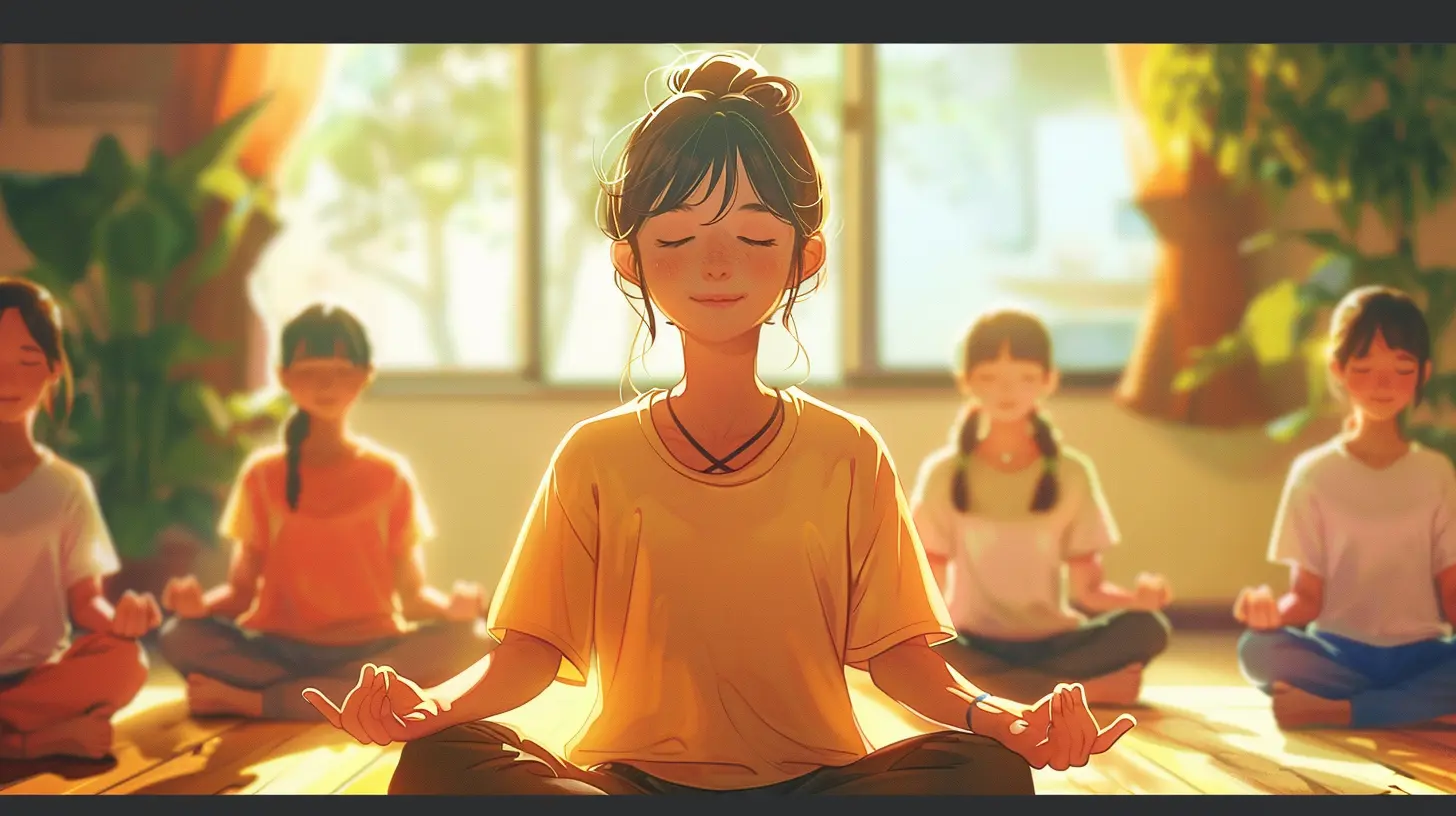
The Science Behind Mindfulness and Stress
Before we roll into the how-to part, here’s a quick brainy detour. When you're stressed, your brain kicks into “fight or flight” mode. That means your sympathetic nervous system is firing, and you're operating from a place of survival. Cortisol levels spike, your heart races, your focus narrows—all things that might help in an emergency but don’t serve you well in a classroom setting.Mindfulness activates the parasympathetic nervous system—the “rest and digest” part. It calms the body, reduces cortisol, and brings clarity. Over time, mindfulness even rewires the brain to improve emotional regulation, decision-making, and resilience. Pretty incredible, right?
Practical Ways Teachers Can Use Mindfulness for Self-Care
Okay, now the good stuff. You’re busy—we get it. So let’s look at realistic, doable ways to bring mindfulness into your daily life:1. Start the Day with Just 5 Minutes
Before the chaos of the day kicks in, take five minutes in the morning just for you. Sit quietly, close your eyes, and breathe. Pay attention to how your body feels. Notice your thoughts without judging them. This tiny ritual can set the tone for a grounded, calm day.Think of it like brushing your teeth—but for your brain.
2. Practice Mindful Breathing Between Classes
Let’s say a student just had a meltdown and your next class is about to start in two minutes. Instead of rushing in, try this: take three deep, intentional breaths. Inhale for a count of four, hold for four, and exhale for six. This tells your body that you're safe and helps you reset.It only takes a few seconds, but it can make all the difference.
3. Use Mindfulness Bells or Timers
Apps like Insight Timer, Calm, or Headspace offer gentle bell sounds that can ring at intervals throughout the day. When you hear it, pause for just one breath—like a mini-meditation. It’s a subtle but powerful way to stay anchored when your schedule is packed.4. Mindful Mornings with Your Class
Consider starting your day with your students using a short mindful practice. It can be a minute of silence, a gratitude circle, or simple breathing exercises. Not only does this benefit you, but it also helps your students show up more grounded and ready to learn.It’s like giving everyone a mental reset button at the start of the day.
5. Journaling to Reflect and Reconnect
Teaching can often feel like go-go-go with no time to process emotions. Set aside five minutes at the end of the day to journal. Ask yourself:- What went well today?
- What challenged me?
- How did I respond to stress?
Journaling builds awareness and gives you space to celebrate wins and navigate challenges.
6. Take Mindful Walks (Yes, Even in the Hallway)
You don’t need a scenic trail to take a mindful walk. Even walking from your classroom to the staff room can be a mindful moment. Feel your feet on the floor. Notice your surroundings. Take slow breaths. It’s about tuning in instead of zoning out.7. Try Body Scans for Stress Release
At the end of a long day, lie down or sit comfortably and do a quick body scan. Mentally move from head to toe, noticing tension and gently letting it go. This helps shift your nervous system into relaxation mode before heading to bed.8. Set Boundaries and Say No
This one’s huge. Mindfulness isn’t just about breathing—it’s about being aware of your limits. If your schedule is packed with meetings and extra duties, take a pause and ask yourself, “Is this serving me?” It’s okay to say no. Boundaries are a form of self-care too.9. Be Kind to Yourself
Teachers often have perfectionist tendencies. But here’s the truth: you’re human. You’ll mess up. Students will still be distracted. Lessons won’t always go as planned. That's okay. Mindfulness means treating yourself with the same compassion you'd offer a struggling student.Overcoming Barriers to Mindfulness
You might be thinking, “This all sounds great, but I don’t have time,” or “I’ve tried meditating, but my brain won’t stop spinning.”Totally valid.
But here’s the deal: mindfulness isn’t about doing more. It’s about doing what you’re already doing—just with more presence. You're already breathing. You're already walking, eating, talking. The invitation is just to do those things more mindfully.
And your brain being busy? That’s normal. Mindfulness isn’t about having no thoughts. It’s about noticing them and coming back to the moment. Even seasoned practitioners struggle sometimes. Don’t let that stop you.
Creating a Mindful Culture in Schools
Imagine if mindfulness wasn’t just a personal practice but part of the school culture. What if staff meetings began with a breathing break? Or professional development included sessions on emotional wellbeing? Teachers supporting teachers in their self-care journey creates ripples of positive change.Talk to your admin. Start a mindfulness club. Share resources with colleagues. Change starts with a single person taking that first step—you.
Final Thoughts: You Are Worth the Pause
If there's one thing to take away, it’s this: mindfulness isn’t a luxury. It’s a necessity. Especially for educators who are constantly giving of themselves. Taking just a few moments each day to breathe, reflect, and reconnect can transform your experience—from surviving the school year to thriving through it.You don’t need incense or fancy pillows. Just a willingness to press pause.
So go ahead. Take a deep breath. You’ve got this.


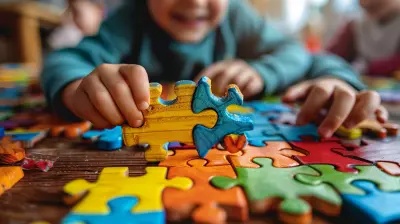


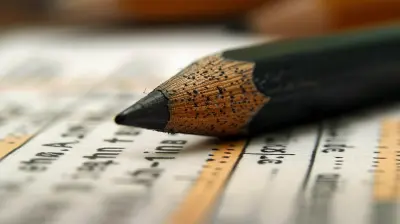


Brooks McGowan
Mindfulness for teachers: because sometimes, you need a Zen moment before facing the classroom storm!
November 15, 2025 at 9:45 PM